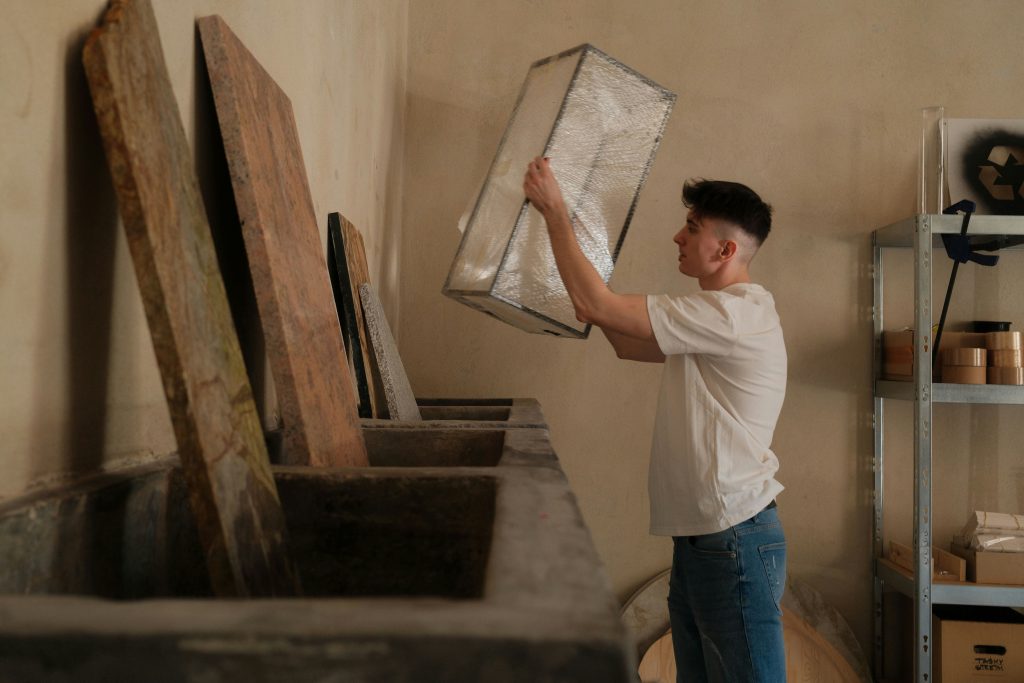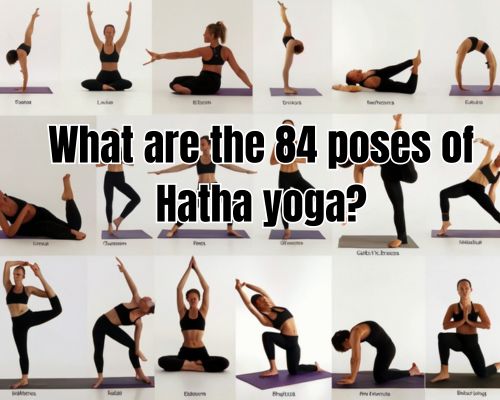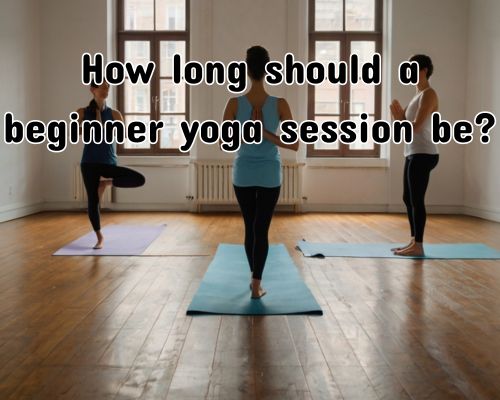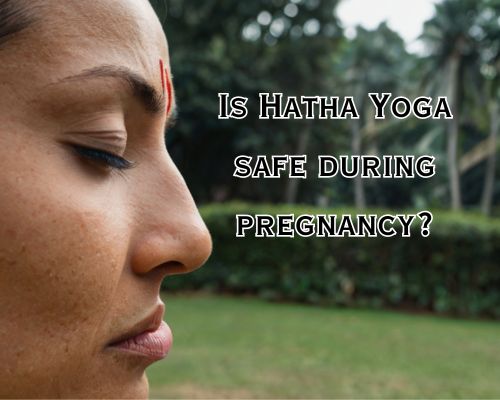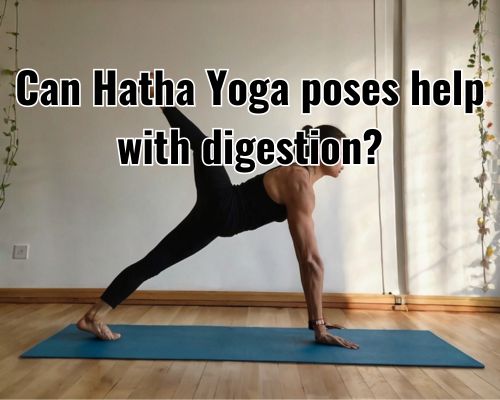Who is the Current Master of Kriya Yoga? (Mornington, Australia Edition)
Who is the Current Master of Kriya Yoga? (Mornington, Australia Edition)
Kriya Yoga, a meditative spiritual practice rooted in ancient Indian philosophy, has been shrouded in mystique, power, and reverence for over a century in the West. With growing global interest in mindfulness, breathwork, and inner peace, many seekers from Mornington, Australia, and beyond are increasingly drawn to its silent depth and transformative potential. A frequent question arising among spiritual aspirants and wellness communities is: Who is the current master of Kriya Yoga?
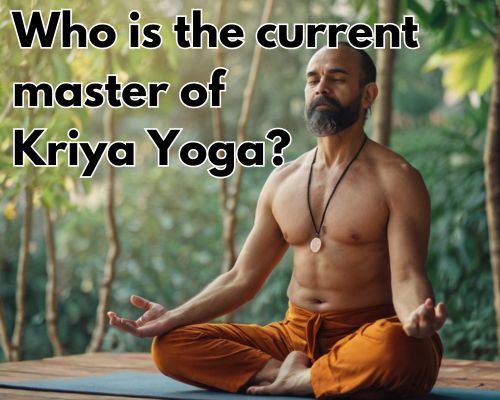
This article dives deep into this question, offering not only a clear answer but also insights into the lineage of Kriya Yoga, its transmission across generations, and why this matters to contemporary seekers, especially those in spiritual hotspots like Mornington and the greater Victoria region.
🌿 Understanding the Essence of Kriya Yoga
To appreciate the significance of the “current master,” one must first understand what Kriya Yoga truly is. Originating from ancient yogic science, Kriya Yoga was reintroduced to the modern world by the Himalayan yogi Mahavatar Babaji, whose name resonates like a spiritual myth across yoga traditions.
The system was later popularized by Lahiri Mahasaya, Sri Yukteswar, and eventually the globally revered Paramahansa Yogananda, who authored the seminal spiritual classic Autobiography of a Yogi. This book, found in many homes and yoga centers in Mornington, helped ignite Western interest in yogic philosophy during the 20th century.
Kriya Yoga is more than a set of techniques—it is a direct method of spiritual evolution that harmonizes breath (pranayama), meditation (dhyana), and lifestyle (yama and niyama). Unlike more physical-oriented practices like Hatha or Vinyasa Yoga, Kriya focuses on internal energy control and realization of the higher Self.
🔍 Who is the Current Master of Kriya Yoga?
There isn’t one universally acknowledged “current master” of Kriya Yoga due to the practice’s multi-lineage transmission. Different traditions trace their initiations through different branches, each with their own spiritual head or “Satguru.”
However, several prominent living Kriya Yoga masters are globally recognized:
1. Paramahansa Prajnanananda – Prajnana Mission / Kriya Yoga International
A direct disciple of Swami Hariharananda Giri, who was a disciple of Swami Sri Yukteswar and Paramahansa Yogananda, Paramahansa Prajnanananda leads the Kriya Yoga International organization. Based in India, he conducts retreats, seminars, and initiations globally, including occasional programs in Australia.
He is considered by many to be the modern torchbearer of classical Kriya Yoga, maintaining the spiritual discipline and depth of the tradition.
2. Yogiraj Gurunath Siddhanath – Siddhanath Yoga Sangh
Another prominent figure in the Kriya lineage, Yogiraj Gurunath is recognized for blending Himalayan Kriya traditions with a focus on universal spirituality. He has held workshops across Australia, including in Melbourne and the greater Mornington Peninsula.
He emphasizes direct spiritual experience over dogma, a stance that appeals strongly to urban wellness circles in Mornington.
3. Roy Eugene Davis (until 2019) – Center for Spiritual Awareness
A direct disciple of Paramahansa Yogananda, Roy Eugene Davis taught Kriya Yoga globally for decades. Though he passed in 2019, his teachings continue through his centers, including online programs that are accessible to Kriya Yoga aspirants from Mornington and Victoria.
🧘 Why Knowing the Current Master Matters
✨ Authenticity in Initiation
One of the cornerstones of Kriya Yoga is receiving proper initiation from a qualified teacher in a bona fide lineage. While there are many self-styled gurus online, genuine Kriya Yoga practice often begins with a personal transmission from an authorized teacher.
Mornington residents seeking Kriya Yoga training would benefit from recognizing who holds these lineages today, as many masters or their direct disciples may offer in-person or virtual workshops tailored for Australian audiences.
🌏 Local Access in Mornington, Australia
While Mornington may seem geographically distant from India—the birthplace of Kriya Yoga—the wellness and holistic health movement here is thriving. Local yoga studios such as Bikram Yoga Mornington, SomaChi, and centers around the Mornington Peninsula regularly host workshops on breathwork, meditation, and Vedic philosophy.
Although these may not always offer full Kriya Yoga initiation, they often host guest teachers from abroad who are affiliated with larger Kriya Yoga organizations. Keeping an eye on spiritual events at venues like the Mornington Community House or Peninsula Hot Springs Wellness Centre may reveal visiting Kriya teachers or retreats.
🧭 SEO-Optimized LSI Keywords and Salient Entities
To ensure this article surfaces well in searches like “Kriya Yoga master Mornington” or “Where to learn Kriya Yoga in Australia,” we include SEO-friendly terms and entities:
- Focus Keyword: Who is the current master of Kriya Yoga?
- Location Tags: Mornington, Mornington Peninsula, Victoria, Australia
- LSI Keywords: spiritual lineage, Kriya initiation, yoga master, Yogananda, Lahiri Mahasaya, Himalayan yogi, breath control, pranayama meditation, meditation retreats in Mornington
- Entities: Paramahansa Yogananda, Prajnanananda, Yogiraj Gurunath, Mahavatar Babaji, Roy Eugene Davis
These elements help improve visibility in local and global searches while ensuring topical relevance.
💡 How to Start Your Kriya Yoga Journey in Mornington
For those in Mornington curious about how to begin with Kriya Yoga, here’s a suggested roadmap:
- Read Authoritative Texts
Start with Autobiography of a Yogi by Yogananda. This book is often the spark that ignites lifelong spiritual quests. - Attend Local Meditation Events
Many studios such as Bikram Yoga Mornington host spiritual events, and some may include Kriya-inspired breathwork. Ask instructors if they’re affiliated with any Kriya Yoga organizations. - Search Online for Authorized Kriya Groups
Look for Kriya Yoga International, Siddhanath Yoga Sangh, or Center for Spiritual Awareness. Many offer webinars and virtual initiations. - Stay Updated on Retreats and Seminars in Victoria
Sign up to newsletters from venues like Kantara Retreat Centre or Bodhi Tree Retreats, which may host spiritual masters during the year.
🧭 Final Thought: The Master Within
While it is essential to know the current external masters of Kriya Yoga, every legitimate teacher will point you back to the same core truth: the real guru is within. Kriya Yoga is a system that ultimately empowers self-realization, leading you to the infinite stillness beyond the breath.
In Mornington, where the tranquil beaches meet spiritual curiosity, this inner journey finds fertile ground.
🔚 Conclusion
So, who is the current master of Kriya Yoga? The answer depends on lineage, but names like Paramahansa Prajnanananda and Yogiraj Gurunath Siddhanath stand tall today. Still, true mastery lies in the transmission of a timeless practice from teacher to seeker—and eventually, from breath to Being.
As Mornington continues to grow as a wellness destination in Australia, seekers here are perfectly placed to begin or deepen their Kriya Yoga journey, guided by both ancient lineage and modern accessibility.

